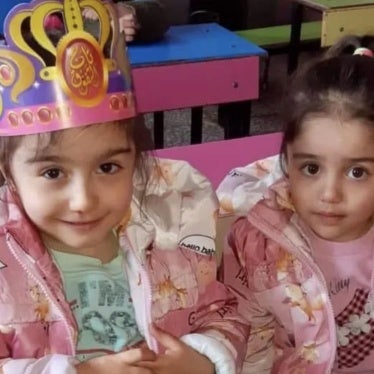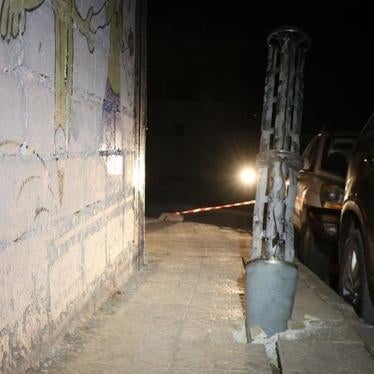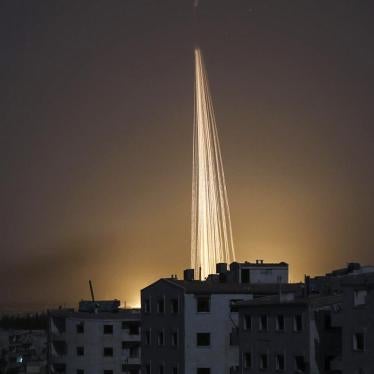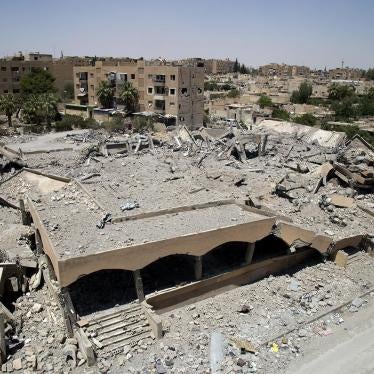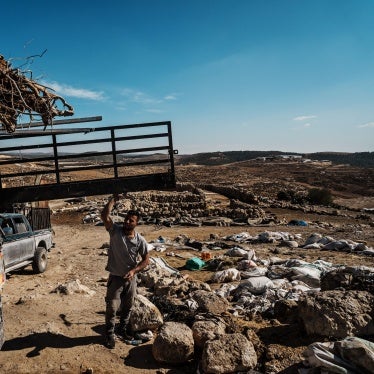Thank you, Mr. Chair.
Three years ago almost to the day, a group of high school students in Syria were busy preparing for exams when an incendiary bomb fell on their school. Survivors later described “fire falling like rain.”
Many students were killed on the spot, charred beyond recognition by the bomb’s flammable contents, a jellied fuel mixture similar to napalm in its composition and effects. Those who survived were in agony, many with their clothes, hair, and skin burned off.
The attack killed at least 37 civilians—mostly children with an average age of just 16—and injured 44. This painful tragedy is worth recalling three years on as air-dropped incendiary weapons continue to be used in frequent attacks on civilian areas of Syria, burning their victims and starting fierce fires that are hard to extinguish.
This was likely the most horrific incident, but there has been a sharp increase in the use of incendiary weapons in Syria since Russia began its joint military operation with government forces almost one year ago.
The protocol has clearly not lived up to its promise. States should use the CCW’s five-year Review Conference in December to take meaningful action on these weapons.
We have called for High Contracting Parties to agree to a mandate on incendiary weapons that sets aside time in 2017 to discuss the implementation and adequacy of Protocol III.
More immediately and at a minimum, we hope states this week will agree to stronger language in the draft Final Declaration than currently exists – language reflecting the serious concerns raised by numerous High Contracting Parties yesterday and today, and reflecting the calls for further discussions and review of Protocol III.
Thank you.
